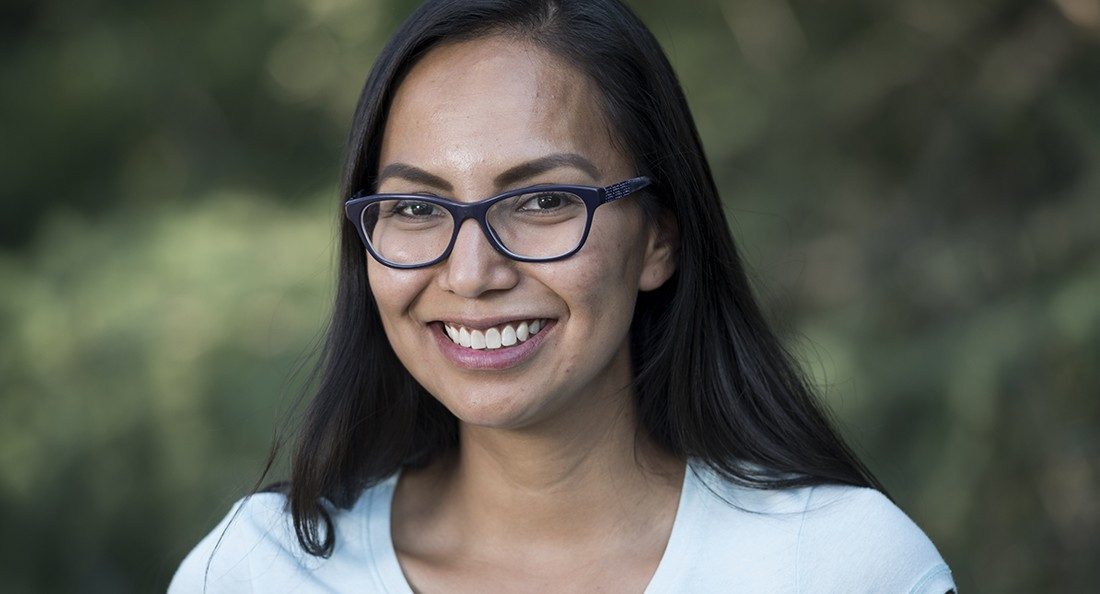An Ojibwe language haven
Creating space to strengthen fluency and community
Ojibwe language speakers gather at the Manitoba Indigenous Cultural Education Centre (MICIC) for Ojibwemowin Adoopowining, an Ojibwe Language Table, to have some soup, bannock and to practice Ojibwe conversationally every Friday.
Dawnis Kennedy, who is Ojibwe, is the community connection co-ordinator for MICIC and says language tables are a really important part of Indigenous language revitalization, even if there are a lot of language classes available.
“I’ve taken probably 15 ‘Intro to Ojibwe’ classes everywhere, and I’ve gotten really high marks, but it doesn’t help me get the courage to speak,” she says. “Having the language table gives us a chance to practise.”
Because English is a noun-based language and Ojibwe is a verb-based language, Kennedy says while many introductory classes are helpful, they tend to be very noun-focused and do not necessarily lead to fluency.
Kennedy says speakers of all skill levels come to Ojibwemowin Adoopowining, from fluent speakers to those who are just learning to those who stopped speaking during residential or day school.
“They already have the language, and classes don’t necessarily help them that much,” she says. “Being here, they have to work their way through trauma and loss and grief in order to be able to speak.”
Kennedy says it is vital that Indigenous language programs get more resources and that immersion contexts are created for learners.
“We need contexts where the teacher speaks, the janitor speaks, the TA speaks, the gym teacher speaks, the librarian speaks,” she says. “And you can’t run it with the same budget and same numbers as English.”
“Ojibwe is an endangered language, and it’s endangered for a very specific reason: because of the Canadian education system,” she says.
“I’d say we have 20 years before our last fluent speaker leaves use. So we’ve got 20 years to get all these second-language acquisition speakers who just know their colours and numbers to become actual speakers, because we need to make that connection as quickly as we can, so we aren’t just stuck with conversational Ojibwe,” she says.
“We need that capacity so that we can learn all the teachings and all the stories and the names of all the plants in the medicines and we know the relationships that we have with the stars,” she says. “Our intro courses aren’t going to get us there.”
Angeline Nelson, who is Ojibwe and Cree and is the director of community learning and engagements with the University of Winnipeg’s Wii Chiiwaakanak Learning Centre, says the centre has seen a lot of interest in their introductory Ojibwe course, Learning Anishinaabemowin, and their new intermediate course with about 50 attendees coming every week and says that programs like the language table are really important to developing fluency.
“There is a need to practise at home, practise with family, practise among other speakers,” she says. “It’s great to see that there are other opportunities beyond the classes.”
Examples of these opportunities include MICIC programs, campus programs and classes online.
To stay up to date with new Wii Chiiwaakanak initiatives or take part in their current programs, check out uwinnipeg.ca/wiichii/programming/current-programming.html.
Published in Volume 73, Number 20 of The Uniter (March 7, 2019)








